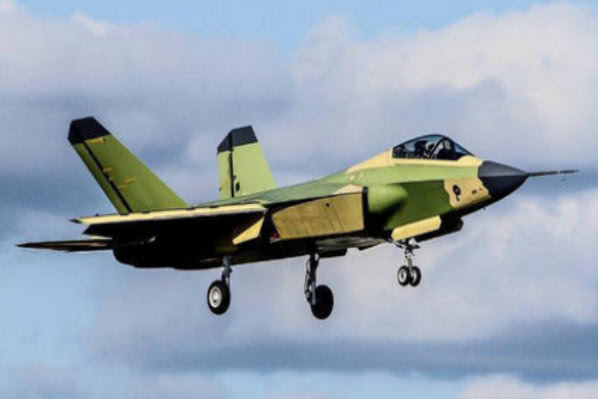 |
| F-16V - Lockheed Martin |
Bulgaria’s F16-deal: Defence Minister rejects President’s claim of ‘hidden billion’ cost | The Sofia Globe:
The price requested by the United States to sell Bulgaria F-16 fighter jets is 2.2 billion leva “and I do not know where (President Roumen) Radev gets 3.2 billion from,” Defence Minister Krassimir Karakachanov said on June 29, referring to the President’s claim of a “hidden billion” in the proposed deal.
Radev, a former Bulgarian Air Force commander before becoming head of state, made the claim of a “hidden cost of a billion” in a January 28 television interview. He said that the US was offering the fighter jets without adequate armaments and equipment.
Bulgarian National Radio reported that Karakachanov said that the US offer had been sent to Radev at the President’s request 10 days ago.
He said that there would be revisions to the contract, but the President had been informed at each stage when he had asked.
Karakachanov said that if the contract was signed, by the end of July, the process would be over: “We will report to the Cabinet, it will have to make a decision and table it in the National Assembly, and if Parliament approves the proposal, in July it can be concluded”.
“I do not know where this one billion leva came from, on principle the negotiation process itself, whatever the equipment, is not a simple matter. If it was easy, President Radev himself, when he was still commander of the Bulgarian Air Force, would have solved the problem. It has not been solved for 10 to 12 years now, and now we are on the verge of concluding a contract,” Karakachanov said.
He said that there were things about the contract that he did not like, and had said so.
“Given his rank, the President could have contacted his American counterpart and if there are any considerations, to state them and to help a bit in this process, because it is easy to criticise, but difficult to get the job done,” Karakachanov said.
The price was quoted by the USA
Bulgarian Air Force may switch to Typhoon or Gripen because of F-16V’s high price
Bulgarian Prime Minister Considers the U.S. F-16 Offer “Significantly Better”, SAAB Optimizes its Bid Immediately
Saab offered Bulgaria it can deliver the first 4 aircraft 21 month after signing of contract
Bulgarian Prime Minister Considers the U.S. F-16 Offer “Significantly Better”, SAAB Optimizes its Bid Immediately
Saab offered Bulgaria it can deliver the first 4 aircraft 21 month after signing of contract
Bulgarian Air Force Commander Says the Deal for the New Fighter Won’t be Completed So Fast
U.S., Sweden and Italy bid to supply Bulgaria with fighter jets
Bulgaria Issues Request for Proposals for New or Used Fighter Jets
U.S., Sweden and Italy bid to supply Bulgaria with fighter jets
Bulgaria Issues Request for Proposals for New or Used Fighter Jets
F-16V Fighter: Details













